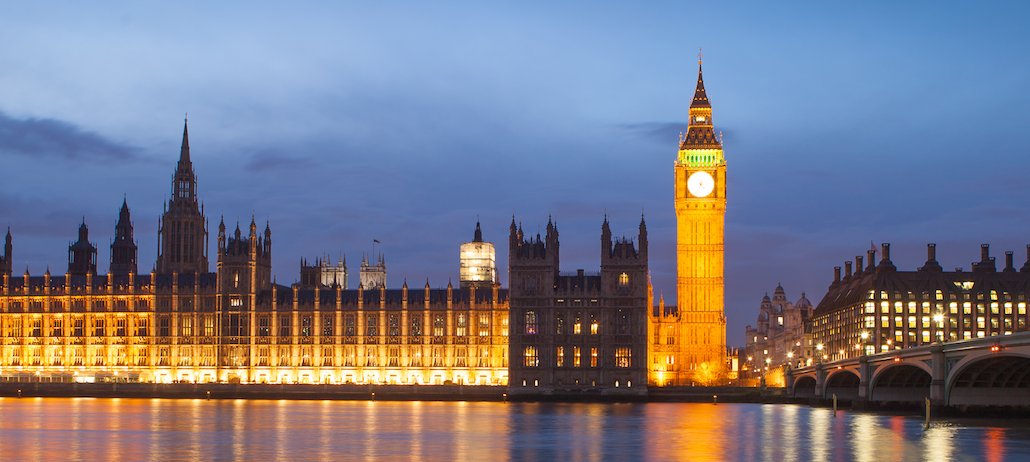Save 50% on a 3-month Digiday+ membership. Ends Dec 12.

Business Insider’s European strategy is coming into focus.
The 5-year-old business news site is putting the finishing touches Business Insider Europe, its seventh international expansion, which it plans to launch in the next few months. The site will combine Business Insider’s typical flair for social-friendly content with a localized twist for European readers, particularly those in the U.K., where its reporters will be headquartered.
The company has already started filling out the ranks for the new operation. Julian Childs, former vp at CBS Interactive, is signing on as managing director, and Business Insider deputy editor Jim Edwards will also join Business Insider Europe as its founding editor.
Business Insider, which has raised $30 million so far, is eyeing Europe as its latest grab for new readership. The site got 25 million unique visitors globally last month, per comScore, double what it was last year, and slightly higher than competitors like Forbes and The Wall Street Journal.
That’s the kind of success the new effort hopes to replicate. “We’re confident that the current formula works,” Childs said. “It’s just a matter of creating something that adds the kind of local flavor that allows the audience to associate more with the brand.”
The challenge here is twofold. Not only will the European site have to figure out which companies and topics to cover but also how to cover them in a way that’s palatable for its new audience. It’s a familiar question for publishers like BuzzFeed, which realized with its own U.K. move that readers there don’t have the same tolerance for its nostalgia that Americans do.
Koda Wang, general manager of international business at the Huffington Post, said moves like this are a no-brainer for American media companies, which rarely have issues adjusting to the media habits of readers in the U.K. “There are certainly some differences over there, but there are far fewer differences relative to other parts of the world,” he said.
Much of this is uncharted territory for Business Insider. Unlike its previous six expansions to countries like China and India, which were built on licensing deals with local media companies, Business Insider Europe will be the first expansion that’s wholly owned by Business Insider itself. This puts a lot of pressure on the new venture’s founding team, which will have to build a media presence from scratch against established business news publications like The Financial Times and The Economist.
Business Insider already has momentum in the U.K., where the site saw 900,000 unique visitors last month. International readership is already a third of the site’s overall traffic.
“The big differentiators for us in any market are our tone and how well it translates to mobile and social,” Childs said, adding that these are trends that larger publishers in the U.K. have been slow to react to. “That freshness will be where we do something different,” he said.
Barry Lowenthal, president of the Media Kitchen, said that the Business Insider brand should translate well to Europe. “They have a tonality that’s very different from the established players,” he said. “They like their lists.”
More in Media

Digiday+ Research: Publishers’ growing focus on video doesn’t translate to social platforms
Major publishers have made recent investments in vertical video, but that shift is not carrying over to social media platforms.

Technology x humanity: A conversation with Dayforce’s Amy Capellanti-Wolf
Capellanti-Wolf shared insight on everything from navigating AI adoption and combating burnout to rethinking talent strategies.

How The Arena Group is rewriting its commercial playbook for the zero-click era
The company is testing AI-powered content recommendation models to keep readers moving through its network of sites and, in doing so, bump up revenue per session – its core performance metric.





